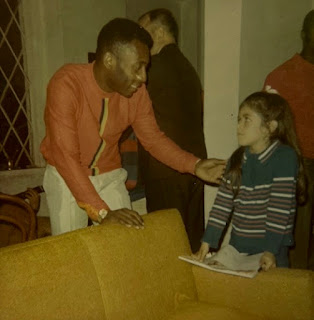ATLAS
The Atlas collaboration, which includes 1800 physicists from 150 institutions in 35 countries, will measure collisions between bunches of protons occurring 40 million times a second. The LHC, which is being built in a 27 kilometer circumference tunnel and which upon completion will be the world's highest energy accelerator, will speed up and steer counter-rotating proton bunches so that they collide in the center of the ATLAS detector. The debris of the collisions reveals the nature of fundamental particle processes and may also contain as-yet undiscovered particles. The energy density in these high energy collisions is similar to that of the early universe less than a billionth of a second after the Big Bang.
Among other studies, ATLAS will search for the Higgs particle, which is the only predicted particle of the Standard Model of Particle Physics that has yet to be detected. The Standard Model of Particle Physics describes the universe in terms of its fundamental particles and the forces between them. The project will also seek to detect a host of new particles not described in the Standard Model of Particle Physics but predicted by many Beyond the Standard Model theories such as Supersymmetry.
The NYU physicists will contribute to the endeavor by developing a method for culling collisions relevant to their investigation from the large number occurring. At about 2 Mega Bytes of information per event, storing 40 million bunch-crossings per second would require one thousand 80 gigabyte disks (the size of a hard disk on a typical personal computer) per second. As it is not possible to deal with so much data, ATLAS uses three stages of storing and discarding collisions that ultimately lets the researchers store about one out of 200,000 events. The NYU team is currently focusing on one property of these interactions that allows separation of meaningful from insignificant collisions.
Source: New York University





Comments
Post a Comment